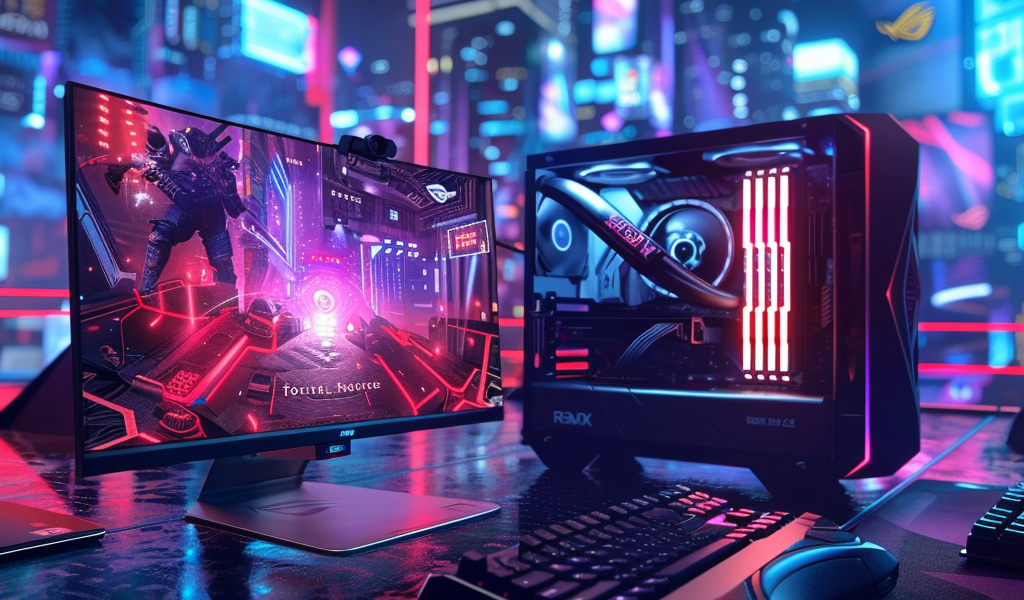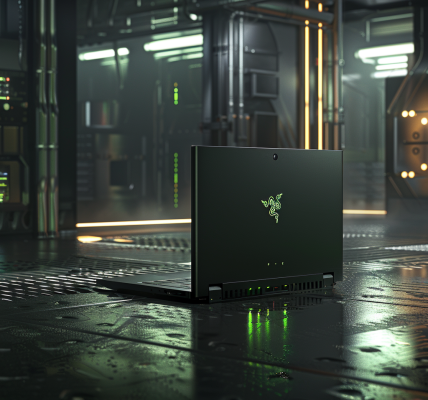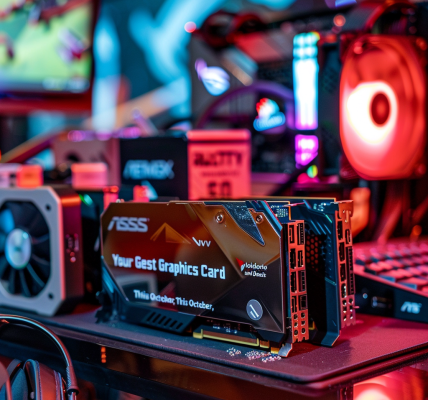AMD has recently unveiled an exciting update to its in-driver frame generation technology, known as AMD Fluid Motion Frames (AFMF). This new version, dubbed AFMF 2, promises to enhance frame rates across thousands of games, making it a significant development for gamers and PC enthusiasts alike.
With the introduction of AFMF 2, AMD aims to tackle some of the limitations seen in the first version of this technology, which launched in November 2023. While the initial iteration provided some performance boosts, it did not fully convince users of its effectiveness. The latest update, however, brings several improvements that could make AMD’s graphics cards, such as the RX 7800 XT, even more appealing to gamers.
One of the standout features of AFMF 2 is its ability to reduce latency. AMD claims that the new version can decrease latency by up to 28%, which is a substantial enhancement for gamers looking for a smoother experience. This reduction in latency is particularly notable when playing demanding titles like Cyberpunk 2077. For instance, when running the game at 4K resolution with ray tracing set to ultra on a Radeon RX 7900 XTX, users can expect to see this impressive latency drop.
Moreover, even users with lower-end systems can benefit from AFMF 2. AMD showcased a 12% latency reduction in CS2 when running on a Ryzen 8700G CPU paired with a Radeon 780M integrated GPU at 1080p resolution. This broad range of improvements indicates that AFMF 2 is designed to cater to various hardware configurations, making it accessible to a wider audience.
Another significant enhancement in AFMF 2 is the introduction of AI-optimized control for what AMD refers to as “fallback” scenarios. This feature is crucial when the frame generation algorithm detects substantial motion within the game. In such instances, the algorithm opts not to generate frames, thereby ensuring that image quality remains high, even if it results in a slight drop in performance. The new AI optimizations have refined the user options for this feature, allowing for greater customization based on individual preferences.
Additionally, AFMF 2 includes a new Performance mode specifically designed for lower-end hardware. This mode is particularly beneficial for users with integrated GPUs, such as those found in devices like the Asus ROG Ally X. However, it’s worth noting that this feature is currently exclusive to Windows driver support and is not compatible with the Steam Deck.
By offering these enhancements, AMD is positioning AFMF 2 as a viable alternative to existing frame generation technologies like Nvidia’s DLSS 3 and AMD’s own FSR 3. Unlike these competing technologies, AFMF 2 does not require in-game support, allowing it to be activated on any game through the AMD GPU driver. This means that even older titles that lack updates for newer frame-generation methods can benefit from the performance boosts provided by AFMF 2.
Overall, the introduction of AFMF 2 represents a significant step forward for AMD’s frame generation technology. With its promise of improved performance, reduced latency, and greater accessibility for a variety of hardware configurations, AFMF 2 is poised to make a substantial impact on the gaming landscape.





